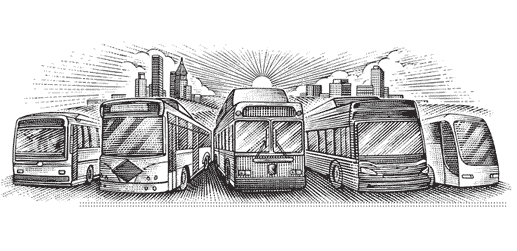What Can 1mcf of Natural Gas Do?

Sources
- Electricity consumption of common appliances: Estimating Appliance and Home Electronic Energy Use, US Department of Energy, August 31, 2012.
- Energy consumption for water heaters [standard 50-gallon models]: ENERGY STAR Residential Water Heaters: Final Criteria Analysis, US Environmental Protection Agency, April 1, 2008.
- Fuel economy for NGV Honda Civic: 2012 Honda Civic Natural Gas Overview, American Honda Motor Co., Inc., 2012.
- Fuel economy for CNG transit buses: Business Case for Compressed Natural Gas in Municipal Fleets, National Renewable Energy Laboratory, June 2010.
- Natural gas consumed in production of nitrogen fertilizer [anhydrous ammonia]: Natural Gas and the U.S. Fertilizer Industry, Harry Vroomen, The Fertilizer Institute, July 15, 2010.
- Nitrogen fertilizer and corn: Fertilizer Use and Price, Table 10-Nitrogen used on corn, rate per fertilized acre receiving nitrogen, selected States, 1964-2010, US Department of Agriculture, Economic Research Service, May 27, 2011.
- Average household fuel use for space heating: 2005 Residential Energy Consumption Survey–Detailed Tables, US Energy Information Administration, January 2009.
- Average heating degree days data: Table 1.9 Heating Degree-Days by Census Division, Selected Years, 1949-2011, Annual Energy Review 2011, US Energy Information Administration, September 2012.
- For more info about heating degree days, see: Degree Days, Energy Explained, US Energy Information Administration, October 21, 2011.
- Average household natural gas consumption: Consumption in Physical Units, Totals and Averages, U.S. Homes (CE2.6), 2009 Residential Energy Consumption Survey, US Energy Information Administration, October 16, 2012.
- Wholesale natural gas price data: Henry Hub Gulf Coast Natural Gas Spot Price, US Energy Information Administration.
- Other Assumptions: 7.2 MMBtu/MWh average heat rate for electricity generated from natural gas fired combined cycle power plants.
300 Million Gallons of Diesel Every Year

That’s how much mass transit buses consume.
That’s nearly $1 billion in economic stimulus, gone.
How Clean Is Your Air?

Our air is still dirtier than it needs to be. Much of this pollution comes from old and inefficient power plants, many more than 50 years old. It’s time for them to clean up, switch to cleaner fuels, or shut down.
We don’t need to choose between affordable electricity and healthy air. Not today. Now we have cleaner, cost-effective alternatives right here in the United States.
